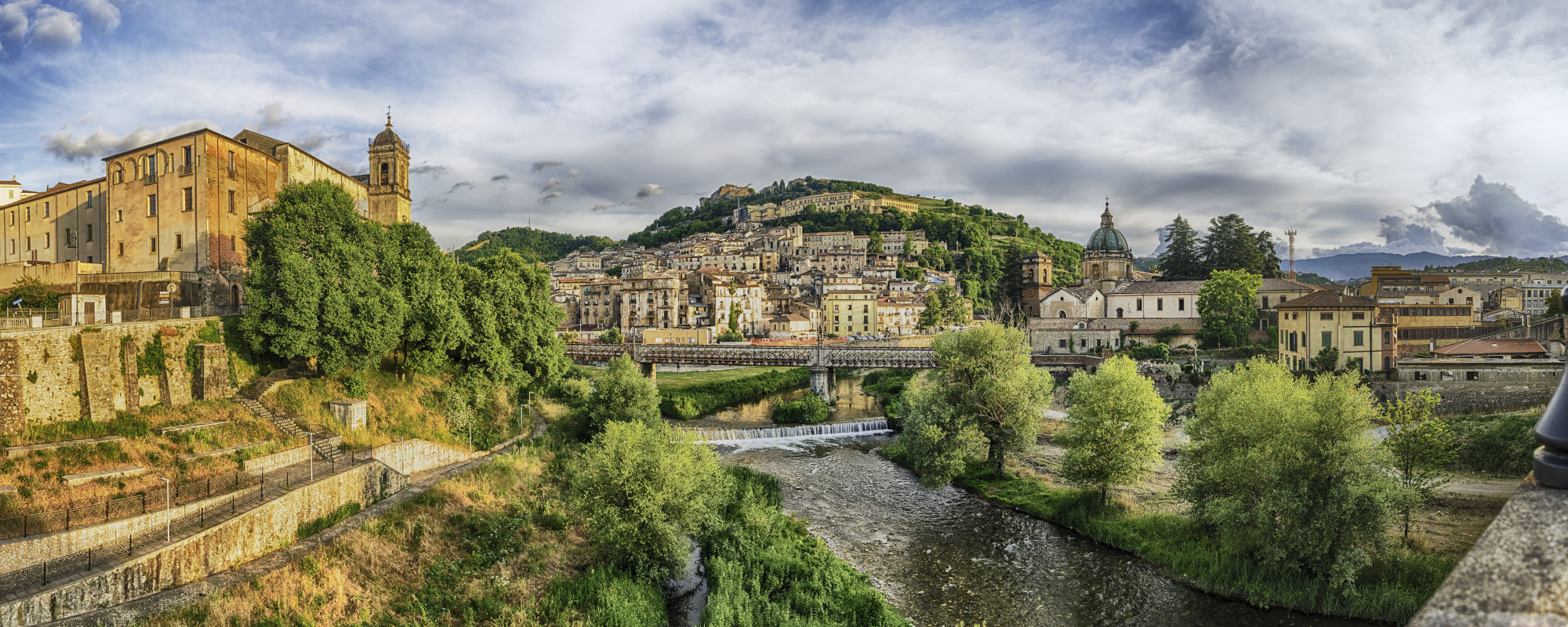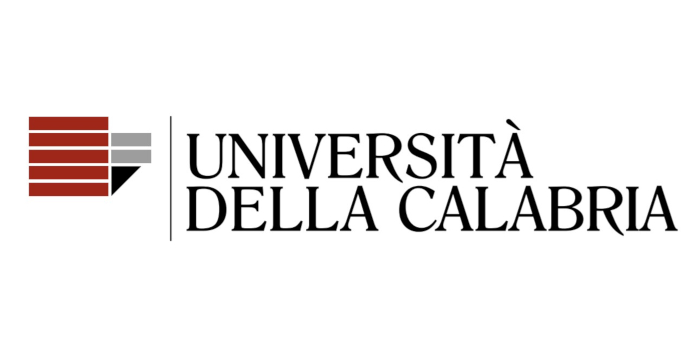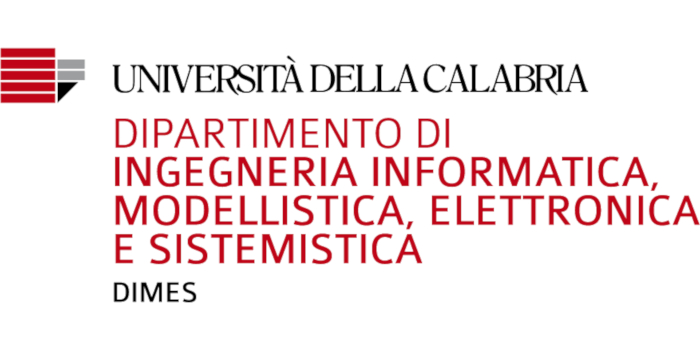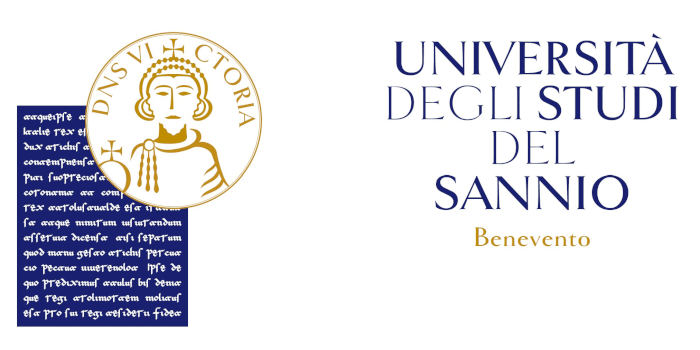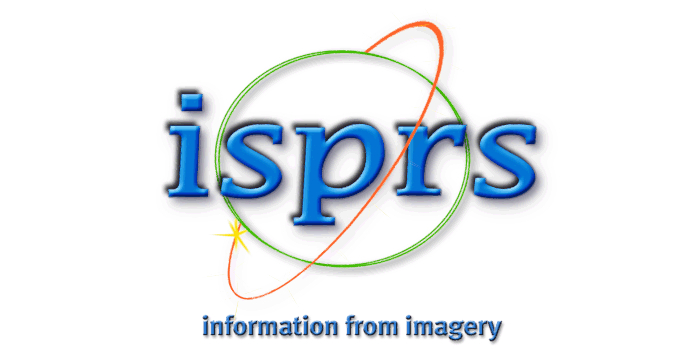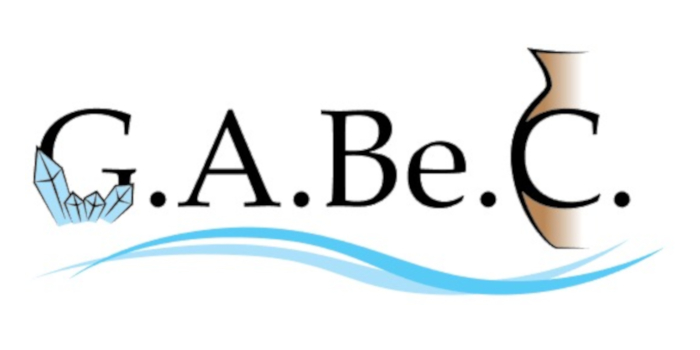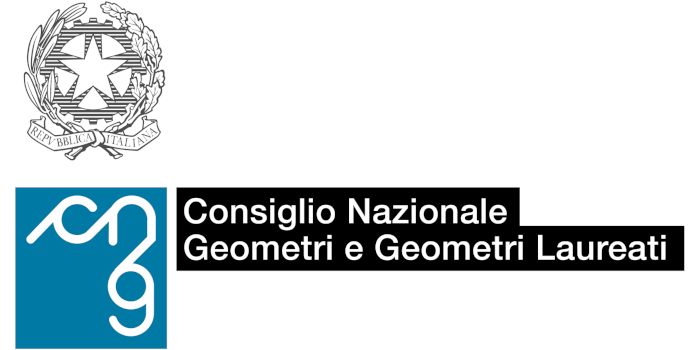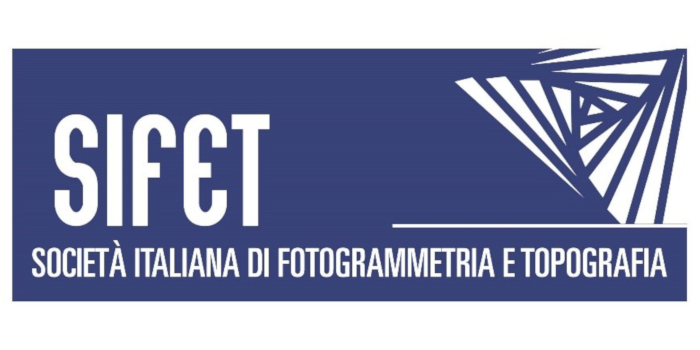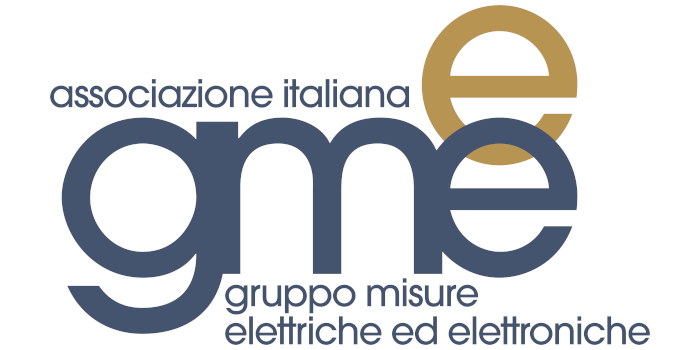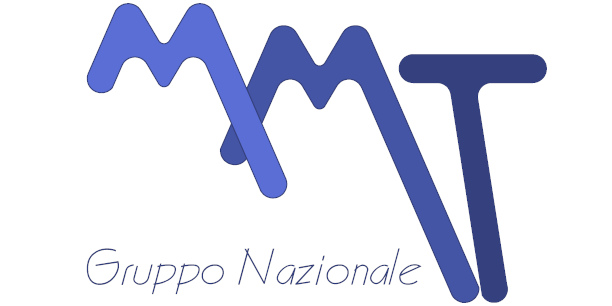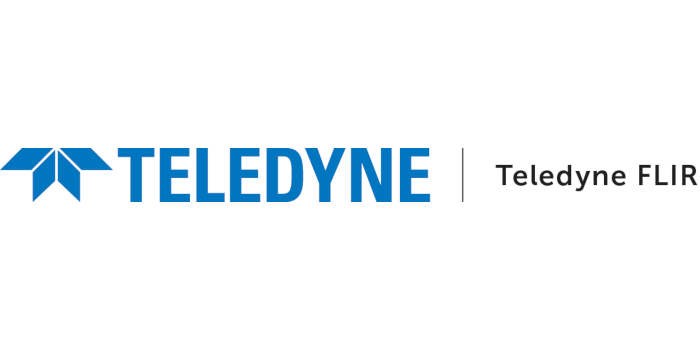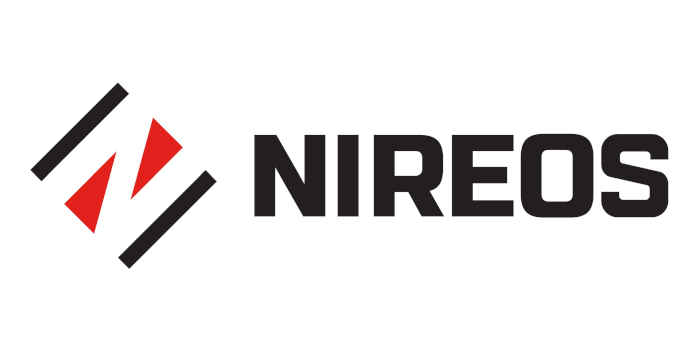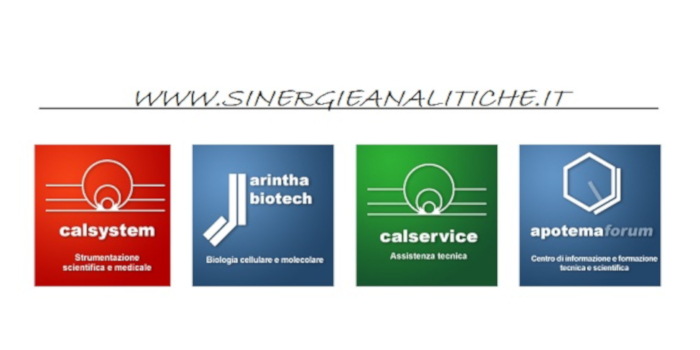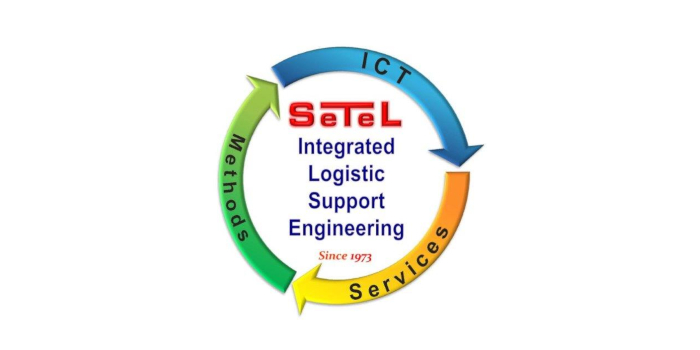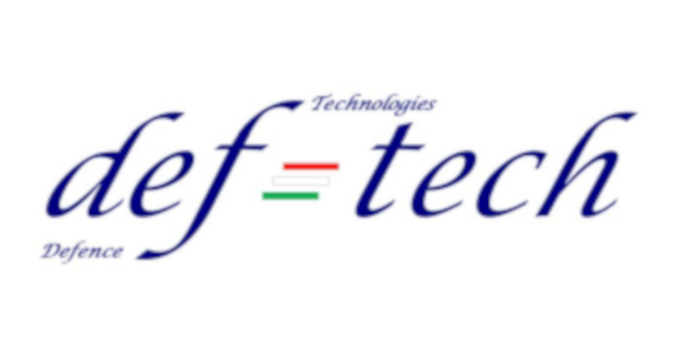Archaeometry for Prehistory: modern approaches and new techniques for the evaluation, characterisation and conservation of archaeological remains
ORGANIZED BY
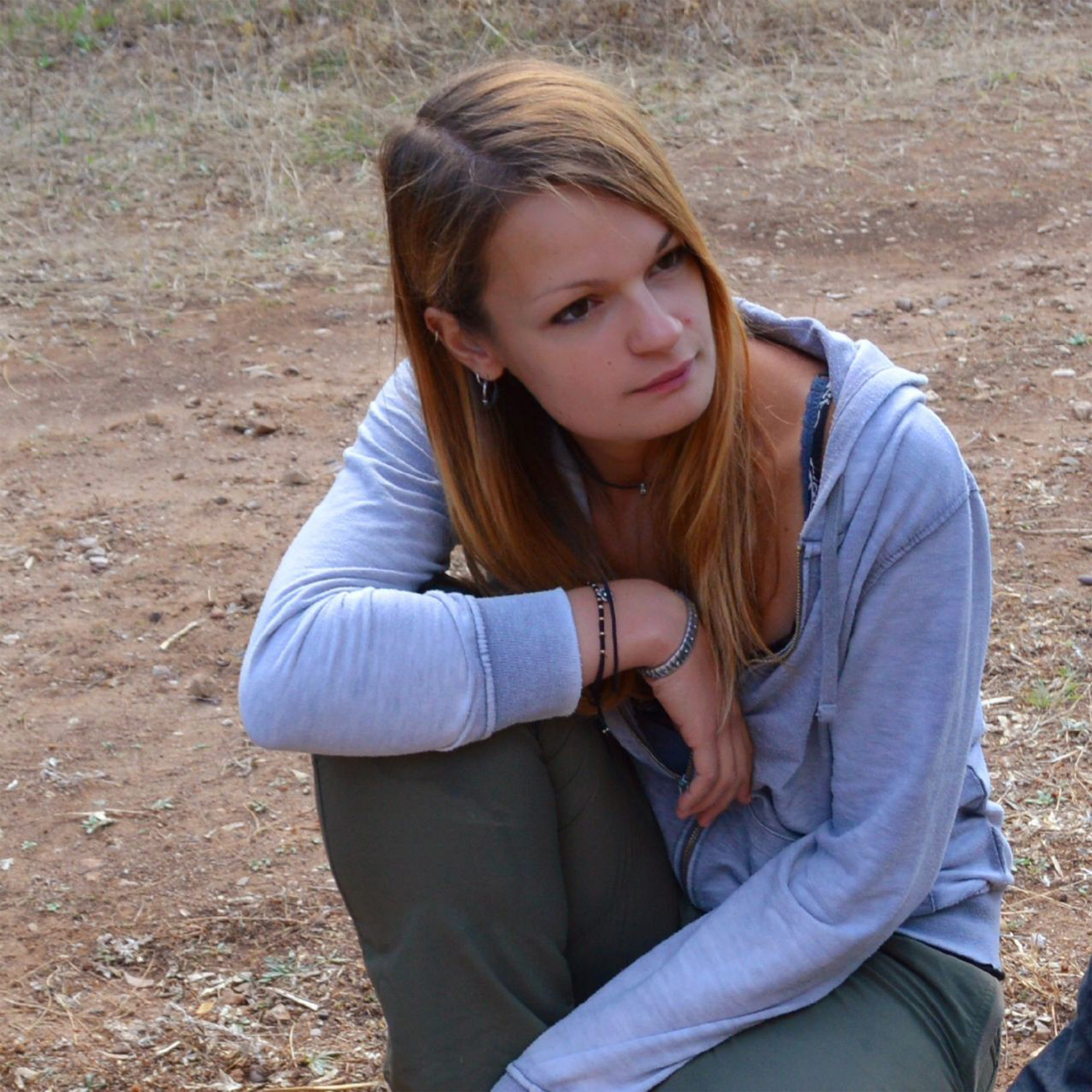
Clarissa Dominici
Dipartimento di Scienze Fisiche, della Terra e dell’Ambiente, Unità di Ricerca di Preistoria e Antropologia – Università degli Studi di Siena, ITALY
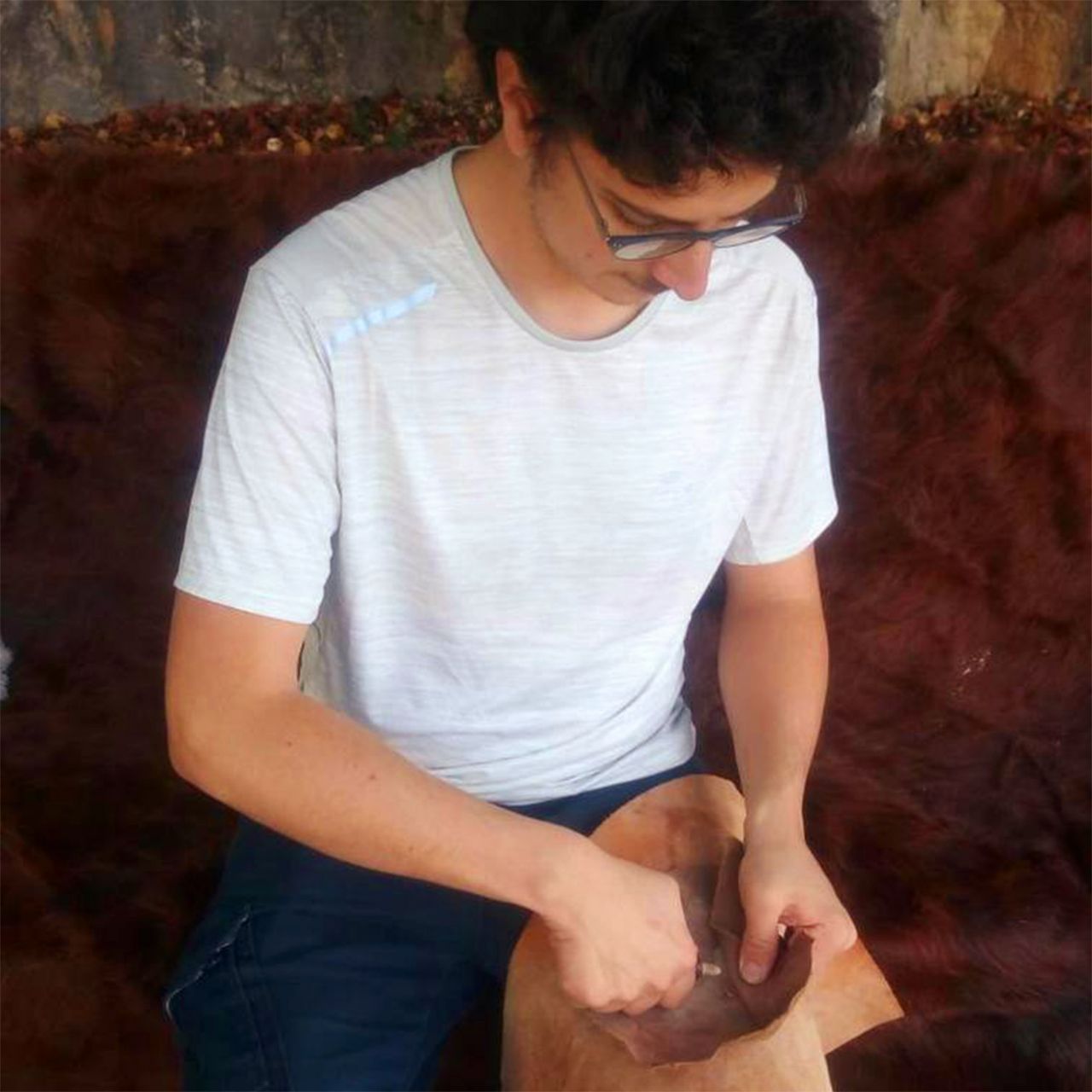
Matteo Rossini
Dipartimento di Scienze Fisiche, della Terra e dell’Ambiente, Unità di Ricerca di Preistoria e Antropologia – Università degli Studi di Siena, ITALY
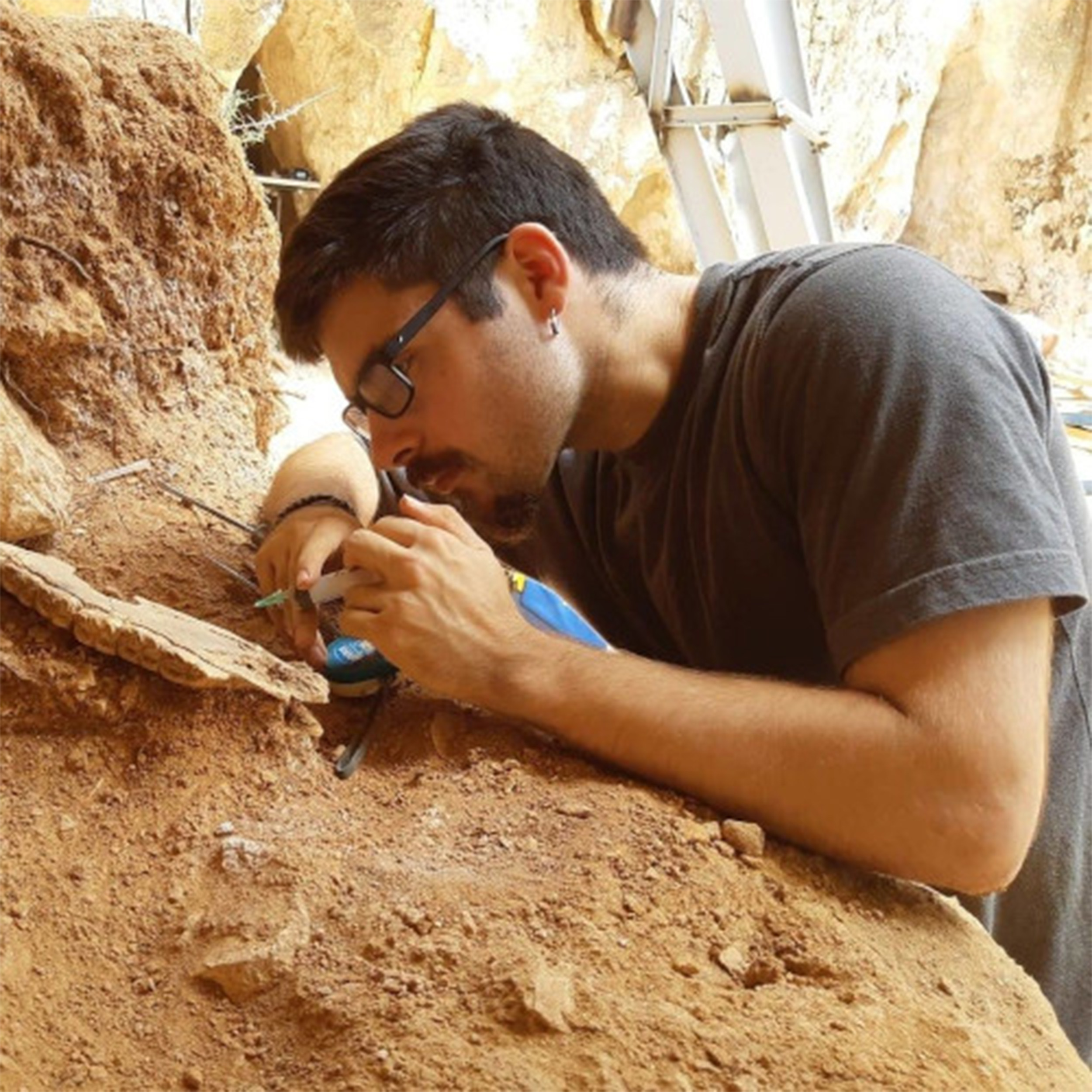
Noé Valtierra Pereiro
Institut Català de Paleoecologia Humana i Evolució Social (IPHES), SPAIN / Universitat Rovira i Virgili (URV), SPAIN
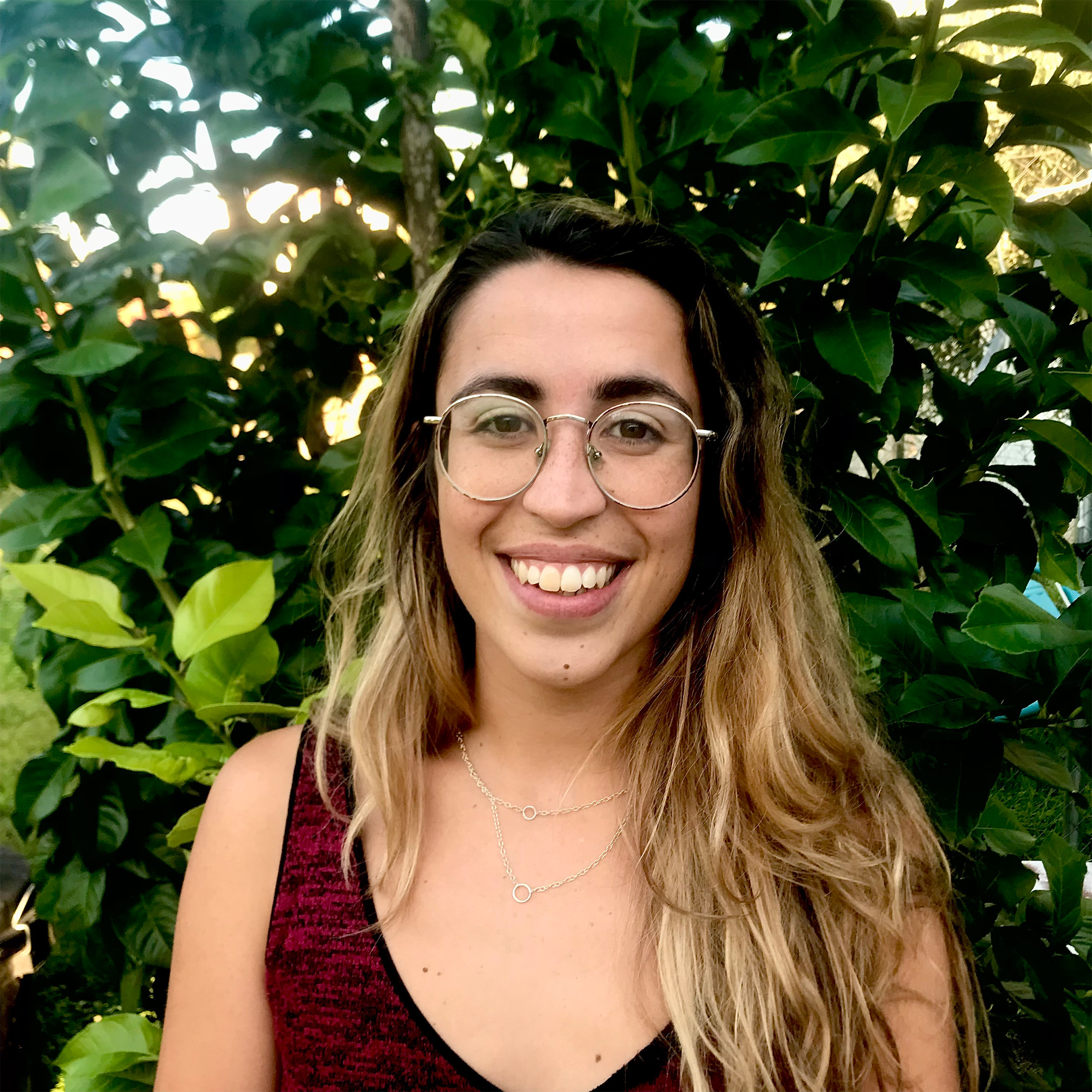
Andrea Díaz-Cortés
Institut Català de Paleoecologia Humana i Evolució Social (IPHES), SPAIN / Universitat Rovira i Virgili (URV), SPAIN
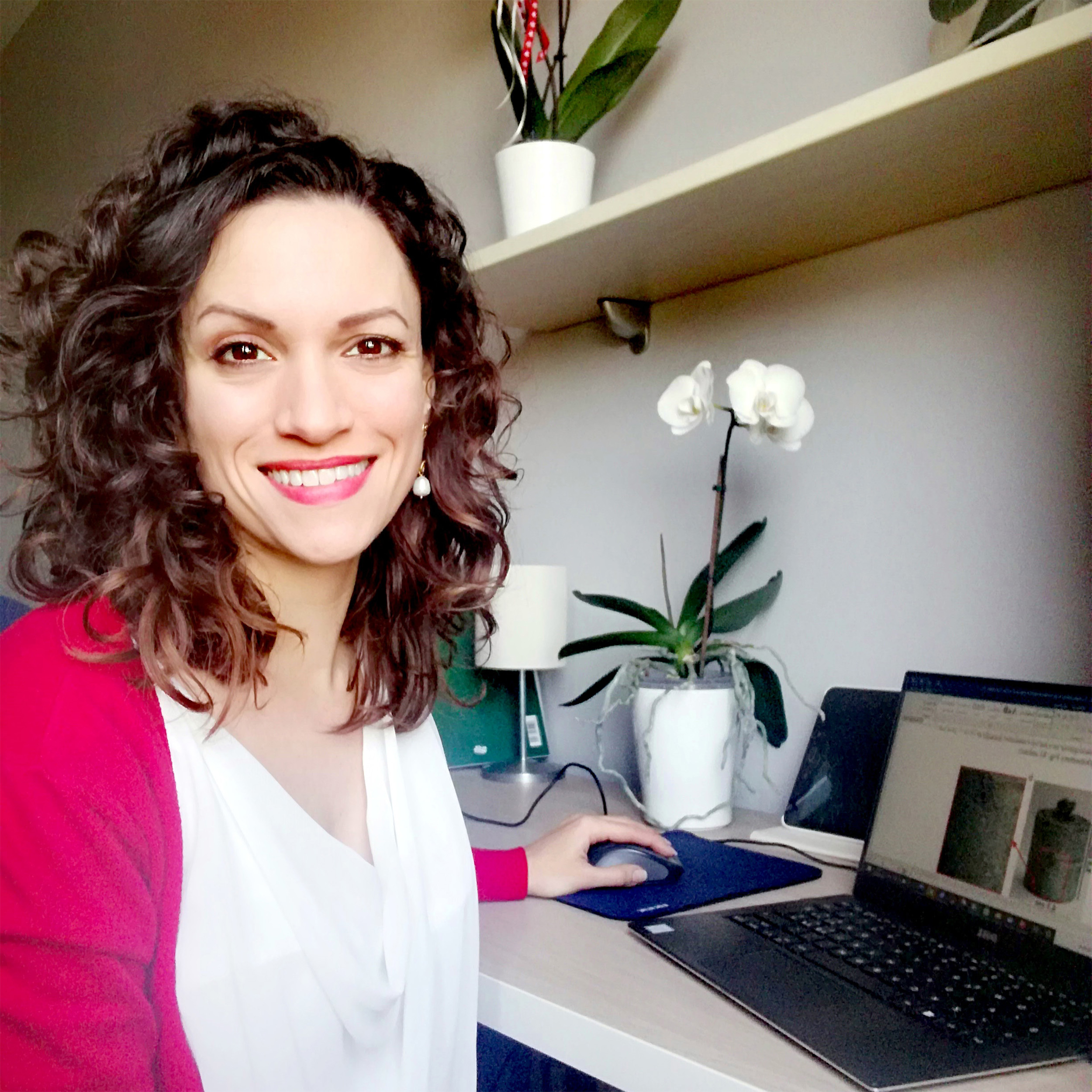
Chiaramaria Stani
Central European Research Infrastructure Consortium (CERIC-ERIC), in AREA Science Park, Basovizza, Trieste, ITALY
ABSTRACT
Prehistory is a pivotal period for understanding past and present human behaviour. In recent years, archaeological studies covering this wide time span have focused on analytical and quantitative approaches applied to various types of archaeological evidence, both to interpret them using increasingly modern techniques and to preserve their state of conservation and our ability to retrieve information. In this context, it is therefore clear how the development of new archaeometric methods applied to the study of human and faunal remains, lithic and hard animal industries, art objects, organic and inorganic residues of processed materials and pigments, is essential for understanding human behavioural and cultural dynamics of the past. This session is thus focused, on the one hand, on the contribution that innovative approaches can make to the study of Prehistoric evidence within each discipline (functional analysis, taphonomy, lithic technology, spatial archaeology, zooarchaeology). On the other hand, it involves interdisciplinary studies exploring diagnostic methods, alteration and/or deterioration phenomena, prevention, and conservation treatments on Prehistoric materials of various origins.
The main objective of this session is to create a bridge between these two different spheres of expertise, enriching the dialogue between specialists for the discussion of research work involved in Prehistoric studies. Methodological studies are of special interest for this session, as well as relevant case studies and new data.
TOPICS
The themes proposed for the special session are:
- New technologies for the documentation of Prehistoric artefacts and data collection.
- Modern methodologies for the study of lithic and bone implements in Prehistory and their application in new techno-cultural contexts.
- Analytical methods for the characterisation of organic and inorganic residues on ancient artefacts and their role in framing human behavioural complexity in Prehistory.
- Methods for the evaluation of alteration and/or deterioration phenomena in Prehistoric materials.
- Innovative protocols and products for restoration and conservation of archaeological remains from Prehistoric contexts.
ABOUT THE ORGANIZERS
Clarissa Dominici, is a CERIC PhD student at the University of Siena (Italy) with a project on the reconstruction of hunting technologies in the Middle and Upper Palaeolithic in Central-Southern Italy, through chemical and morphological analysis of lithic and bone implements. Her previous research concerned the zooarchaeological study of faunal remains from Upper Palaeolithic contexts of Southern Italy, coming from the Final Gravettian of Grotta Paglicci (Rignano Garganico, Apulia) and the Evolved Epigravettian of Grotta della Cala (Camerota, Campania). She collaborates in several Middle and Upper Palaeolithic excavation fieldworks in Central-Southern Italy.
Matteo Rossini, is a PhD student at the University of Siena (Italy). He is an archaeologist specialised in the study of lithic artefacts and his PhD project is focused on the reconstruction of hunting strategies and behavioural dynamics of Epigravettian hunters-gatherers in Southern Italy, through the analysis of the lithic assemblages from Grotta Paglicci (Rignano Garganico, Apulia) and Grotta della Cala (Camerota, Campania). His previous research dealt with the technological study of the Uluzzian lithic assemblage found in the rpi layer of Grotta di Castelcivita (Castelcivita, Campania). He collaborates in several Middle and Upper Palaeolithic excavation fieldworks in Central-Southern Italy.
Noé Valtierra, is a PhD student at the IPHES-URV (Spain). His PhD is focused on the evaluation of cleaning techniques applied to archaeological and palaeontological bone remains, trying to characterise if these techniques are innocuous for the materials. Also is focused on characterising possible modifications produced in the material by these interventions and how it can influence posterior studies such as taphonomy. He collaborates in several early and middle Pleistocene Spanish archaeological sites.
Andrea Díaz-Cortés, is a PhD student in Quaternary Prehistory and Human Evolution in Institut Catalá de Paleoecologia Humana I Evolució Social (IPHES) and University Rovira I Virgili, (Tarragona, Spain) graduated in Conservation and Restoration of Cultural Heritage in University Complutense (Madrid, Spain). Her principal research is focused on the assessment of consolidation effectiveness in archaeological bones, evaluating traditional products, such as acrylic resins, and developing new ones, based on nanoparticles (nanolimes) and diammonium phosphate (DAP). She collaborates in several early and middle Pleistocene Spanish archaeological sites.
Chiaramaria Stani, is a Conservation Scientist currently working as CERIC-ERIC post-doc researcher at the Chemical and Life Science branch of SISSI Beamline at Elettra Sincrotrone Trieste. PhD in Applied Physics, she is specialised in structural characterisation of ancient macromolecules, especially collagen, in mummified skin and fossil bones, by FTIR spectroscopy and Scanning Electron Microscopy. In the last years, her research has been mainly dedicated to the characterisation of ancient inks, pigments and wooden objects, food traces and organic residues used as binders or hafting materials. Recently she is applying the capabilities of Nano-FTIR spectroscopy to the CH field for studying artistic objects manufacture and their degradation mechanisms. She is involved in collaborations with several archaeological museums and University departments.
